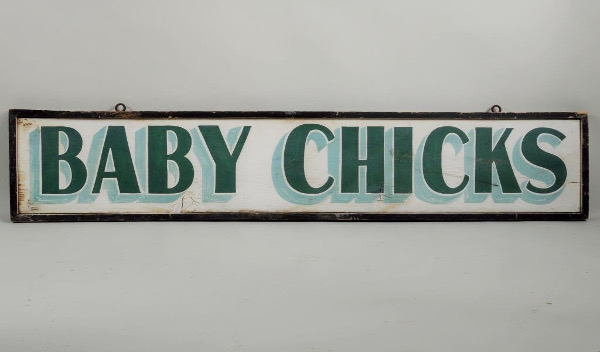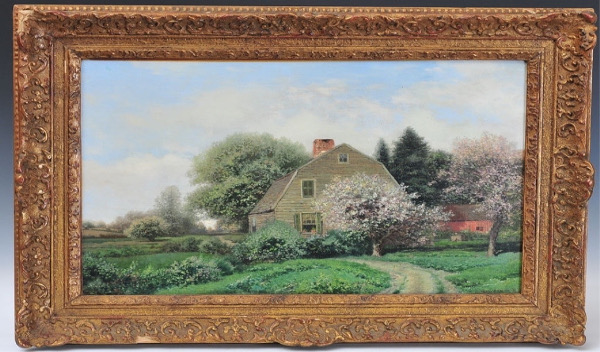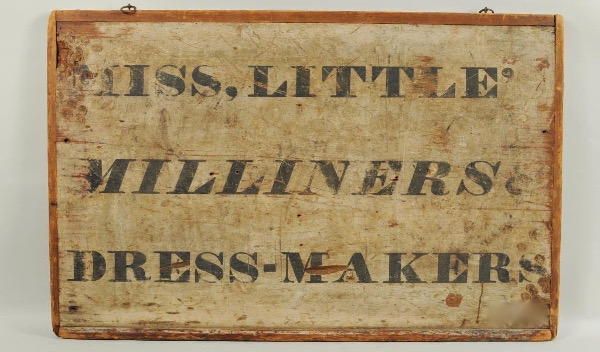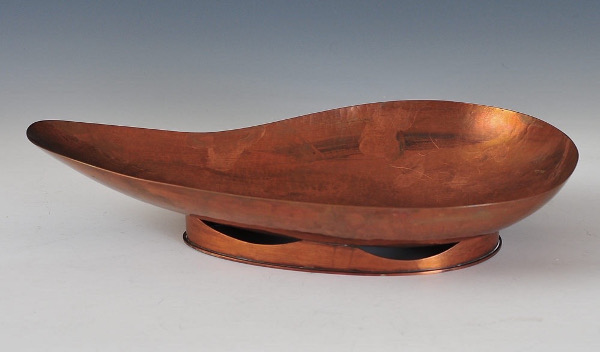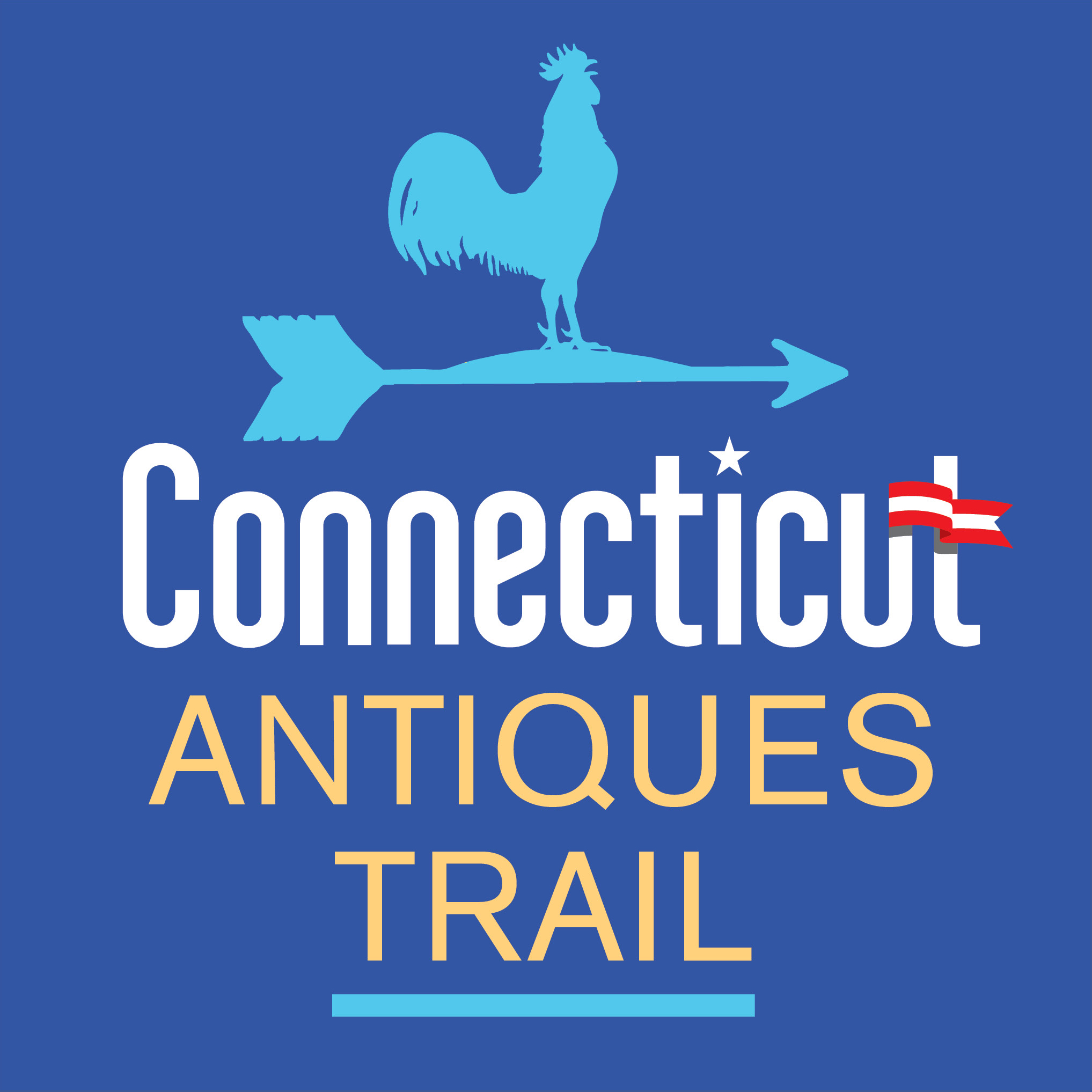Movie Collectibles
In the late 1960's, Dennis Hopper and Peter Fonda went to a surplus auction and purchased two Los Angeles Police Department used motorcycles: Props for a small budget film they were making about two buddies taking a road trip across America's South during the twilight days of the hippie era. The bikes were engine-overhauled and heavily chromed. Ape-hanger handlebars were mounted on the front ends. The gas tanks were painted with red white and blue flag decoration and the front forks were lengthened and re-angled at a 45-degree slant. One of the bikes was wrecked during production. Its mechanical understudy was stolen before the filming was finished. Peter Fonda recently speculated that the sole surviving "Captain America" chopper was probably disassembled and sold off for spare parts. Nobody thought of movie set hardware as having antique collectible value in those days. And concerning the film itself, how many people would have guessed "Easy Rider" would become a hit, not to mention a cultural icon?
In 1970, Metro-Goldwyn-Mayer commissioned a three-week auction to dispose of 45 years of accumulated costumes (numbering 150,000+), set design elements and props (numbering 12,000+) used in more than 2000 movies. Being twelve years old at the time, I did not attend the auction. Shame, because my life's savings earned as a paperboy and farmhand would probably have afforded me several interesting lots. Things like: the trench coat Clark Gable wore in several movies, a circa 1958 coat of mail used in making "Ben Hur," a gilded and upholstered classically designed throne chair used in "Cleopatra" (1962), a hat an parasol graced by Audrey Hepburn in "My Fair Lady" (1964) and the brass bed Elizabeth Taylor purred-around-in making "Cat on a Hot Tin Roof" (1958). I doubt I could have afforded the Wicked Witch of the West's 20" tall hourglass ("The Wizard of Oz," 1939) or The Cowardly Lion's costume but my parents and most of friends' parents certainly could have. While posters and such ephemera items have always been popular with antique and Hollywood collectors; film and TV hardware fetched little money several decades past.
A 1979 movie memorabilia article for Time/Life's "Encyclopedia of Collectibles" reads, "Such objects-the equipment used in making movies-are collected by only a few specialists. Extensive collections present a major storage problem." If only we could have gotten over that problem of "storage" and did a little investing back then, we'd be Singing in the Rain today. Demonstrating how times have changed, here are a few representative entertainment prop prices recently achieved at auction:
- One of approximately seven pairs of Ruby Slippers made for Judy in "The Wizard of Oz." (Three pairs were bargained away by a studio costumer at MGM's 1970 auction.): $660,000, May 2000.
- Three piece white polyester suit worn by John Travolta in 1977's "Saturday Night Fever:" $145,000, June 1995.
- 16-plait kangaroo hide bullwhip snapped by Harrison Ford in all three Indian Jones films: $44,160, December 1999.
- 30" wide lunch box used in the Lily Tomlin film "The Incredible Shrinking Woman:" $604
- Two crisscross pattern doors prominent in Rick's Café in the 1942 movie "Casablanca:" $20,700, December 1994.
- Played by Frank Sinatra in 1967, private detective "Tony Rome's" photographic I.D. cards reading from A&A Investigators, Inc.: $3,055, May 2000.
- Pale Yellow Linen jacked worn by Elvis Presley in 1966's "Spinout:" $9,400, June 2001.
- Two Mickey Mouse Club shirts, one each worn by Annette Funicello and Sharon Baird in the 1955-1959 TV series: $10,575, May 2000.
- Mid 19th Century terrestrial globe pictured in the library scene of "Harry Potter and the Philosopher's Stone:" $25,080, March 2002.
Not all movie props fetch big prices. Various props from the recent classic film, "Cider House Rules" (1999) including a farm table ($660), cast iron stove ($110), library stand ($259), four chairs ($99) fetched little more than they would have without star billing at a recent auction near Amherst, Massachusetts. Prop collectors and the plethora of today's "Planet Hollywood" type buyers want sexy, highly noticeable props and costumes from shows that have star appeal and lasting qualities. Things like Luke Skywalker's light saber, James Bond's secret agent gadgets, the Phantom of the Opera's mask, Superman's cape and Orson Wells "Rosebud" sled from "Citizen Cane" (1941). Imagine what that would fetch today! If "Easy Rider's" original set chopper were to resurface, unencumbered by legal liens, etc., its market value would come in at around a half million dollars. You can well imagine it prominently displayed in Jay Leno's famous motorcycle collection. The Late Night host might even house it in his living or game room. That is, if Jack Nicholson or Arnold Schwarzenegger or Pickerington, Ohio's "Motorcycle Hall of Fame Museum" didn't have another kickstand local in mind for one of the long lost Kings-of-the-Road of Harley-Davidson choppers.
Antique Valentines

I fell in love with Becky Mann in 3rd grade. Of course, to third grade boys, especially those sworn in by oath of blood to the GH CLUB (Girl Haters Club), such feelings were outlawed by punishment of death or torture or worse. Our teacher, Mrs. Loria, did not share our sentiment. She was a romantic. Being such, Mrs. Loria gave us a grading Art Class project whereby we were forced to create a homemade Valentine to be given out to member of the opposite sex, February 14th. Here's how I figured out a way to give mine to Becky Mann. I held a meeting with my buddies and started-The OPPOSITE CLUB. The rules of our new secret girl -hating society were simple: Anything said or written to girl would mean exactly the opposite of what was stated. If you said you "liked" a girl, it really meant you "hated" her. It became our secret mode of attack. Additionally, it was my covert way of safely sending the mushiest homemade Valentine ever to that girl with blue sparkling eyes that made my stomach knot up. I remember drawing all sorts of hearts and X's and O's on my card. The words I wrote were even sappier. And, I remember Becky Mann standing up, smiling, and holding my Valentine up in the air for all the class to see. "Wayne Mattox likes Becky Mann!" my classmates chided. Blushing crimson, I tried to explain the rules of our federation. "My card is an Opposite Card," I pleaded. Nobody bought it; not even my fellow OC members. The whole school had learned my most terrible embarrassing secret. And I went home and buried my red swollen eyes into a pillow that afternoon and every day thereafter for rest of the week.
Love sprouts our greatest creativity. Poetic artistry in word and image, availability, and affordability are the biggest reasons why the hobby of collecting of early Valentines is blossoming, worldwide. Similar to Halloween and other holidays, Valentine's Day has its origins in pagan and Roman fertility rituals, later modified and adopted (around 500 AD) by the Catholic religion. While April or May might seem like a time more befitting the holiday, Chaucer and English theologian, Hugh Born's observations as to tailing days of winter when "every bird chooses his mate," may have much to do with Valentine Day's post on the calendar when, "so can man, in this season, do the same."
Probably since men first began to navigate the ocean, they have passed lonely idle hours producing Valentines for the women they left behind. Romantic poems and artwork rarely appear on the market, carved into large shells, exotic woods or scrimshawed into whalebone or teeth. Strong in artistry and integrity, such gifts of affection are amongst the most coveted and highly valued in the field nautical folk art. More common and slightly more affordable, sailors also made "shell work" wall hangings for their sweethearts. Like samplers wrought from the sea, sailors glued rice and other types of shells to a flat surface in such a way as to form a picture of hearts, romantic expressions and floral elements surrounding their sweetheart's name or image. Back in port, the gift would normally be mounted in a shadow box frame. Most "sailor valentines" are from the Clipper Ship era.
From the 18th century and even early eras up until the beginning of the Victorian Period (around 1850) most Valentine cards encountered today will be of the handmade variety. However, "lacy valentines," primarily from England were produced beginning around 1810. Painstaking scissor cut open work, pinprick work and watercolor designed cards of superior artistry and condition can fetch $100 and more to collectors. Watercolor love notes were often made in theorem fashion, applying color and decoration through stenciled paper of various designs followed from pattern books.
Stimulated by the advancement of postal services, commercially manufactured cards began to supplant the homemade "folk art" variety beginning around 1850. Popular British makers often camouflaging their marks include J Addenbrooke, H. Dobbs, G Kershaw, G. Meek, and J. T. Wood. Miss Esther Howland (a woman!) is credited as the first U.S. manufacturer of the Valentine. According to writer/collector Suzanne Wylie, most Howland Valentines are marked on the back with a small red H. In the mid 1870's the business was reorganized and the Initials NEVC (New England Valentine Company) were used. Other prominent American card manufacturers include Berlin & Jones, the great Louis Prang (inventor of the chromolithograph print process) T.W. Strong, J. Taft and G. Whitney.
Beginning around 1910, and for the next twenty or so years, Valentine post cards began to outpace greeting cards in popularity. Because they were published in large numbers they are widely available and affordable to collectors today.
Comic Books
Valuable old comic books can still occasionally be found for a fraction of their book price at tag sales, church sales, shops, and country auctions. One day you might get lucky and come across an entire stack of early comics in good condition for say, $50. If you do gamble. If it's a large promising collection of comic books, pay more. Although most people are aware that good specimens can fetch big dollars, few of us, including antique dealers, understand just how much. Editions where a famous character makes his/her first appearance command highest prices. The following estimates are for first-appearance comics in very fine to near mint condition. Please buckle safety belts before reading.
- Action Comics #1 June 1938, The first appearance of Superman: $100,000 - $200,000. (Please note* DC Comics produced an oversized exact reproduction of this comic book in 1974.)
- Detective Comics #27 May 1939, The first appearance of Batman: $100,000 - $200,000. (Please note* DC Comics produced an oversized reproduction of this book as well. The reprints have "Famous First Edition" on the cover that might be removed and sold as an original interior. A coverless reprint is a valueless comic)
- Captain Marvel Adventures March 1941: $15,000 - $20,000.
- Captain America #1 March 1941: The cover depicts Captain America whacking Adolph Hitler with hard right to the chin. $40,000 - $75,000.
- Casper the Friendly Ghost, Harvey Comics Hits #60 September 1952: $150.00 - $200.00.
- Fantastic Four, Present Marvel Comics Group, November 1961: $7,500 - $15,000.
In general, Superhero comics like Spiderman, The Fantastic Four or Green Lantern are more valuable than humorous comics like Casper or Richie Rich. Amongst the most valuable humorous books are early Walt Disney creations that have cross-over appeal with Disney collectors. Generally, old comics are more valuable than later editions. Comic Books are generally assigned by age to the following categories.
- 1897-1937 Early Period - Not really comic books, most have thick cardboard covers and are found in brittle darkened condition today. Richard Outcalt's Hogan's Alley was introduced to two newspapers in 1895 and is generally considered the first comic strip. The term "yellow journalism" was probably coined from William Randolph Hearst's political views often reflected by the strip's lead character the Yellow Kid.
- 1938-1945 Golden Age - Led by early issues of Superman, Batman, Wonder Woman, Captain America and 700 other costumed characters, the most sought after era of comic books. All Golden Era books in good condition have antique value today. Most sold in their day for around 10 cents. In mint condition most are worth $7.00 + today.
- 1946-1949 Post Golden Age - Many romance and crime comics are introduced.
- 1950-1956 Pre Silver Age - Satires like Mad and horror comics like Haunt of Fear emerge.
- 1956-1969 Silver Age - The next great era of comic books. Beautifully drawn early examples of Green Lantern, the Hulk, Flash, Thor, the Amazing Spiderman, and other heroes are hotly sought after today. Many are worth several dollars and some are worth thousands each.
- 1970-1979 Post Silver Age - Collectors should seek out near mint editions.
Keep in mind that you don't have to come across a superhero first-appearance issue to stumble into a significant find. Look for issues that have appeal. Are the heroes well known? Does the comic introduce a new villain to the scene? The introduction of any significant new character (good or evil) adds value. Is there a sentimental or cross-over market? Buy from a qualified dealer if you want to be a collector. Take a shot at a legitimate tag sale if you want to leap tall buildings in a single bound.
Until then, join us next week for another amazing Antique Talk adventure!
Jackie-O Auction
Three consecutive nights on the Larry King show, including bumping O.J. Simpson attorney, F. Lee Bailey, back a night. $34.5 million dollars - a grand total auction sum 7.5 times Sotheby's high estimate. Arnold Schwarzenegger (who helped to create this market with his Planet Hollywood restaurants) shelled out $772,500 for a set of JFK's golf clubs. $63,000 was paid for a putter. An oak rocking chair the president used to soothe his bad back fetched $453,500. A humidor exceeded its pre-sale estimate by 200 times, bringing a half million dollars. Jackie's fake pearls brought $211,500. Now we know why John-John was pulling on them in the Life magazine photo. "Give me!" he was saying.
Antiques and the people associated with them are big news. Lets begin by dispelling some myths about the Jackie O' sale. "This will never happen again," a reporter said. "It's a testament to the greatness of the lady." Rubbish. Although the towering prices shelled everybody, this was not some kind of freakish, isolated event. The sale simply brought to light a new facet in the business. The third spot titled, Hooray for Hollywood, in my top ten events of 1995 article raised an eye-brow amongst one of my dealer friends when it ran last January. "What does $145,000 for John Travolta's "Saturday Night Fever" suit, or $84,000 for Ian Flemmings' gold plated typewriter, or $13,800 for Frank Sinatra's mailbox have to do with the antique business?" he asked. Everything.
It began several years ago when someone paid in excess of $20,000 for a ho-hum cookie jar at the Andy Warhol sale. As demand for antiques continues to outgrow supply, the market adjusts by re-defining what an antique is and opening new inventory. Last year, I re-defined antique as anything old with class, so you wouldn't overlook valuable pieces made in the 20th century. Now, it seems the item itself need not have class, it merely has to have been associated someone, like the late President or First Lady, who had it. These kind of sales and these kind of crazy prices are with us and will continue to be so for years to come. Rather than fight such trends it is better to live with them and anticipate emerging ones.
When I was teenager, Peter Anderson gave me his outgrown blue jean jacket. It was worn, torn, and it smelled like cigarettes, but it was my single favorite possession because Peter Anderson wore it. He was "the Fonze" the coolest guy in the neighborhood and when I put on that jacket I walked a little taller and talked a little tougher. In the years to come, when someone pays a fortune for Captain Kirk's Star Trek Uniform or Forrest Gump's shrimp cap, don't be surprised. When Abraham Lincoln's tall hat, or Hemingway's fountain pen, or Ronald Reagan's wood ax, or Larry Bird's dirty socks bring more than you make in a year, don't begrudge those spending their money. They, like you and I, all want a little piece of Peter Anderson's jacket.

